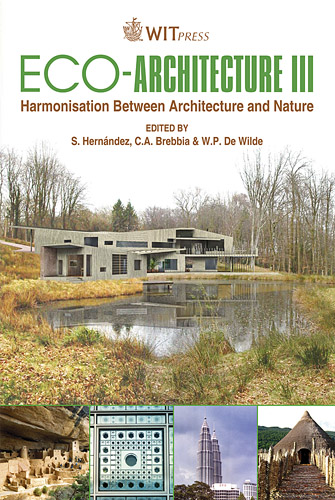Fractal Geometry: A Tool For Adaptability And ‘evolutionability’
Price
Free (open access)
Transaction
Volume
128
Pages
9
Page Range
39 - 47
Published
2010
Size
1030 kb
Paper DOI
10.2495/ARC100041
Copyright
WIT Press
Author(s)
F. Nakib
Abstract
Buildings must be able to adapt and adjust to change in order to achieve a sustainable architecture, reduce waste and keep harmony with nature. Adaptability advocates the design and organization of the built environment according to different scales and levels (layering). With this in mind, the fractal theory seems to be an interesting approach to explore architectural adaptability. It allows us to conceptualize spatial organization as a multi-scale pattern. Fractals are everywhere in natural forms. They facilitate the creation of coherent, organic and complex structures, which fit harmoniously in the natural environment and interact with it. Fractals emerge in evolution due to the natural need for efficiency and optimization. Fractals are used in different fields including architecture and urbanism. Nevertheless, most of the publications deal with urban planning (city or neighborhood levels) or with aesthetic (detail level) but little about spatial and functional configuration of buildings (architectural level). Our research focuses on the latter; it aims to highlight contributions of fractals to adaptability and evolutionability of buildings by implementing fractal geometry as an architectural ordering of the built environment. Keywords: architectural adaptability, evolutionability, fractal geometry, sustainability, spatial and functional configuration. 1 Introduction Buildings and their surroundings are, and should be, considered as complex systems by their need to be diverse, dynamic, adaptive and evolutionary. These abilities enable them to meet change through time and sustain while paying attention to the environmental and socio-economical issues as well as future
Keywords
architectural adaptability, evolutionability, fractal geometry,sustainability, spatial and functional configuration





